Archives
- 2025-10
- 2025-09
- 2025-03
- 2025-02
- 2025-01
- 2024-12
- 2024-11
- 2024-10
- 2024-09
- 2024-08
- 2024-07
- 2024-06
- 2024-05
- 2024-04
- 2024-03
- 2024-02
- 2024-01
- 2023-12
- 2023-11
- 2023-10
- 2023-09
- 2023-08
- 2023-06
- 2023-05
- 2023-04
- 2023-03
- 2023-02
- 2023-01
- 2022-12
- 2022-11
- 2022-10
- 2022-09
- 2022-08
- 2022-07
- 2022-06
- 2022-05
- 2022-04
- 2022-03
- 2022-02
- 2022-01
- 2021-12
- 2021-11
- 2021-10
- 2021-09
- 2021-08
- 2021-07
- 2021-06
- 2021-05
- 2021-04
- 2021-03
- 2021-02
- 2021-01
- 2020-12
- 2020-11
- 2020-10
- 2020-09
- 2020-08
- 2020-07
- 2020-06
- 2020-05
- 2020-04
- 2020-03
- 2020-02
- 2020-01
- 2019-12
- 2019-11
- 2019-10
- 2019-09
- 2019-08
- 2019-07
- 2019-06
- 2019-05
- 2019-04
- 2018-11
- 2018-10
- 2018-07
-
br Experimental section br Results
2025-02-26

Experimental section Results and discussion Conclusions We present a simple, sensitive and selective assay of ADA activity and its inhibitor using the enzyme catalyzed reaction and the different interaction intensity of dye-labeled AD aptamer, aptamer/AD complex with GO. The as-proposed met
-
Targeting the BCR is the ideal strategy
2025-02-26
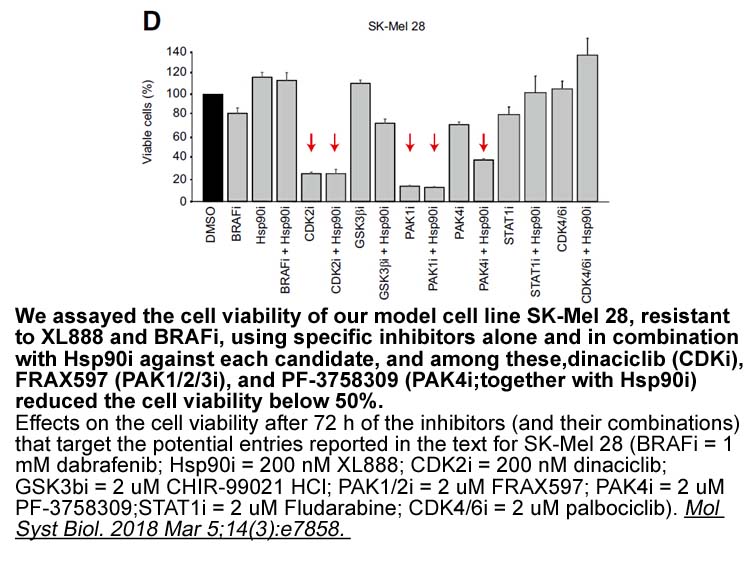
Targeting the BCR is the ideal strategy to identify the antigen reactive B cells. However, there is concern that B cells could be activated when BCR are bound and cross-linked by antigens, a possibility that is obviously negative for the treatment of autoimmune disease. Proby et al. (2000) tried to
-
In an attempt to complete the overview of
2025-02-26
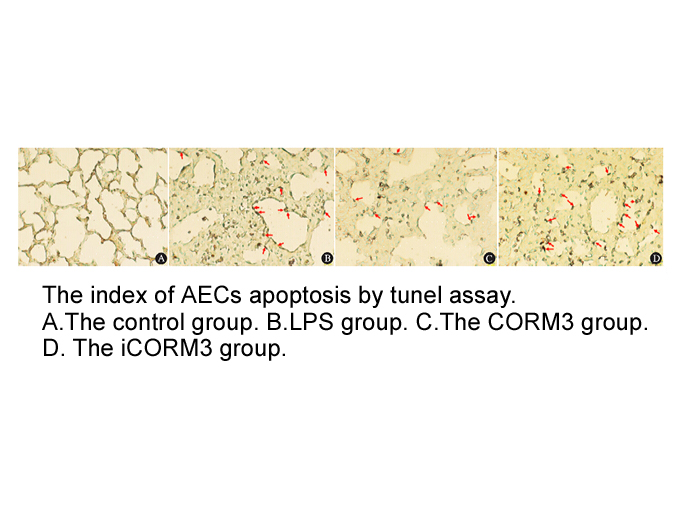
In an attempt to complete the overview of resistance mechanisms in Spanish codling moth populations, the aims of the present work were to assess the actual occurrence of AChE and kdr mutations in codling moth field populations from different pome fruit-growing areas of Spain, concurrently with the f
-
Because LTs are proved to mediate multiple biological
2025-02-26
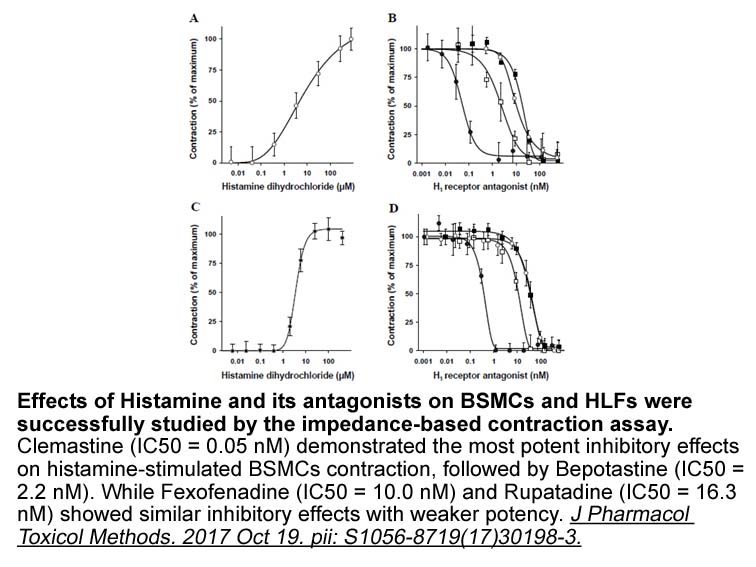
Because LTs are proved to mediate multiple biological and pathological responses in various disease states, the 5-LO biosynthetic pathway producing LTs from AA have been the target of drug discovery efforts for over two decades. As observed from literature, a pile of research efforts has been direct
-
Recent studies suggest that A caused synapse damage as a
2025-02-25

Recent studies suggest that Aβ caused synapse damage as a consequence of aberrant cell signalling. As synthetic Aβ42 monomers activate the phosphatidylinositol-3-kinase pathway (Giuffrida et al., 2009) and insulin signalling (Giuffrida et al., 2012) it is possible that Aβ monomers and Aβ oligomers a
-
Kim et al found that hydroxydopamine OHDA promoted
2025-02-25
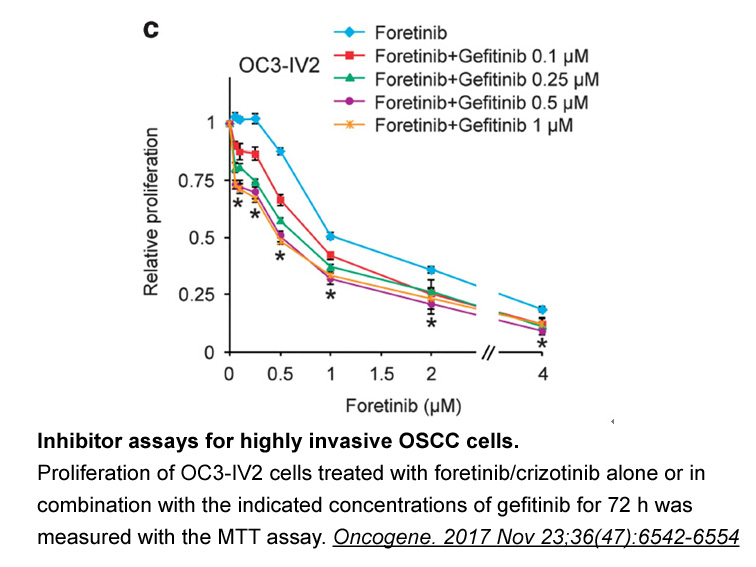
Kim et al. (2013) found that 6-hydroxydopamine (6-OHDA) promoted the atrophy of dopaminergic neurons associated with the activation of poly (ADP-ribose) polymerase (PARP), the translocation of apoptosis inductor factor (AIF) and the depletion of ATP. An increase in p-AMPK and pS6K (upstream kinase o
-
An ALK rearrangement was found in all the
2025-02-25
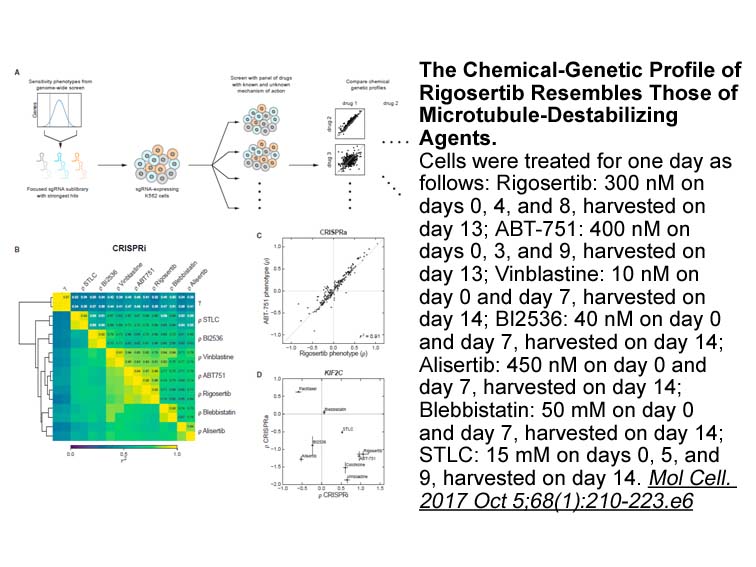
An ALK rearrangement was found in all the analyzable ‘truly positive’ IHC+/FISH+ samples, and the proportion of the various transcripts was in accordance with the literature [[26], [46], [47], [48]]. In these samples, the RNA-seq technique was therefore 100% sensitive and specific. Additional non-ta
-
These results validate the docked pose of the
2025-02-25
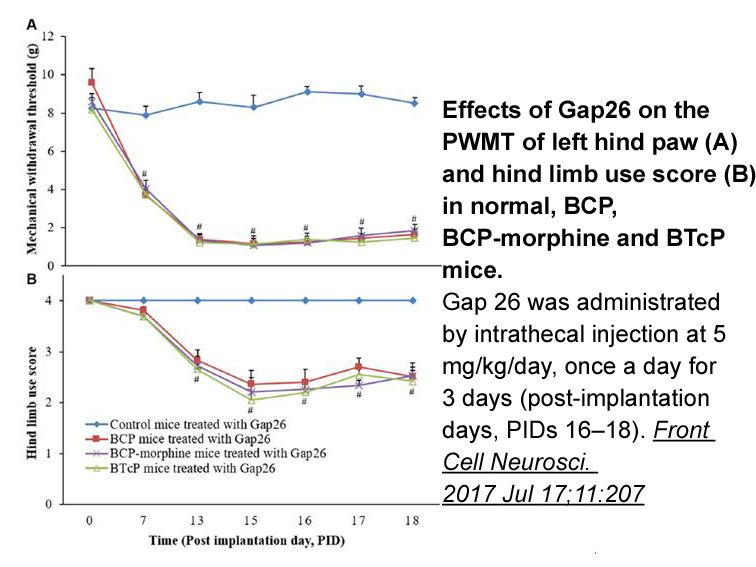
These results validate the docked pose of the ALR2-3e complex in comparison to the docked complex of the ALR2-4c complex of which the compound docked completely out of the binding pocket of ALR2 (). This concludes to that the removal of the acetic Diperodon HCl moiety leads to inactive or weakly act
-
Interaction between AhR and ligands leads to AhR transformat
2025-02-25
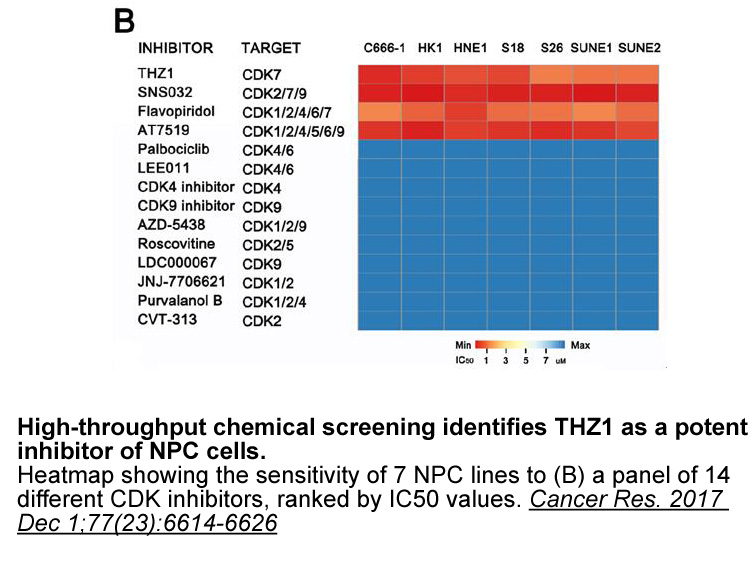
Interaction between AhR and ligands leads to AhR transformation (Fig. 1), characterized by a rapid receptor nuclear translocation and the formation of AhR/Arnt complex and the release of the chaperone proteins. Following AhR transformation, the AhR/Arnt complex binds to its cognate DNA consensus seq
-
br Conflicts of interest br Newly
2025-02-25
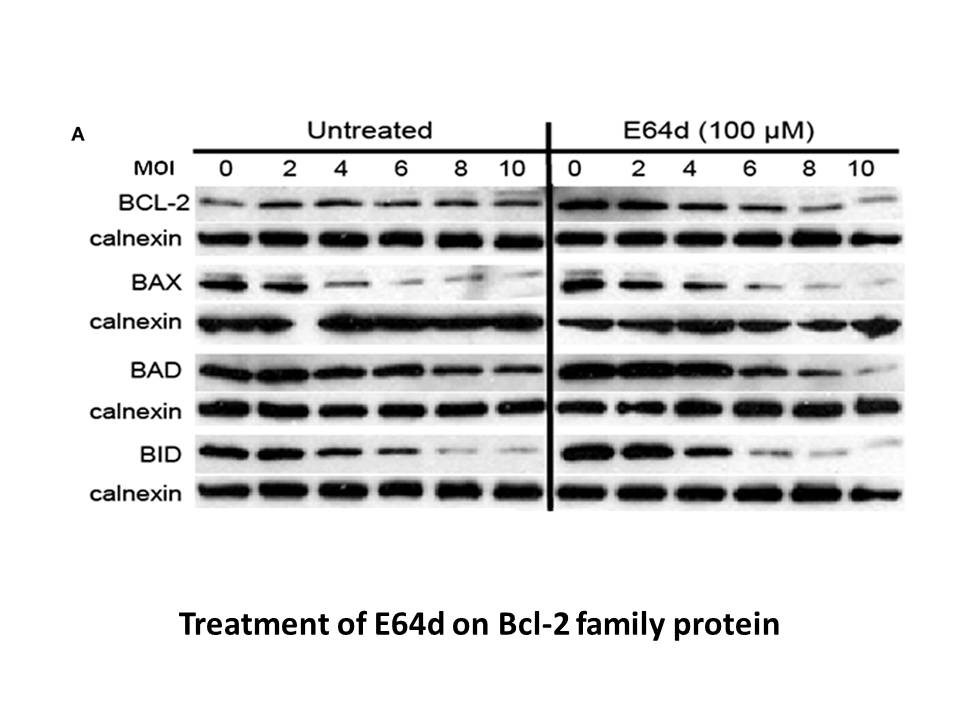
Conflicts of interest Newly Identified Mechanisms of APN Resistance Hold Therapeutic Potential APN, APN Receptors, and APN Cardiovascular Protection APN Resistance in Cardiovascular Disease The Molecular Mechanisms of APN Resistance Concluding Remarks and Future Directions Finally,
-
ACh induced changes in respiratory frequency could be of
2025-02-25
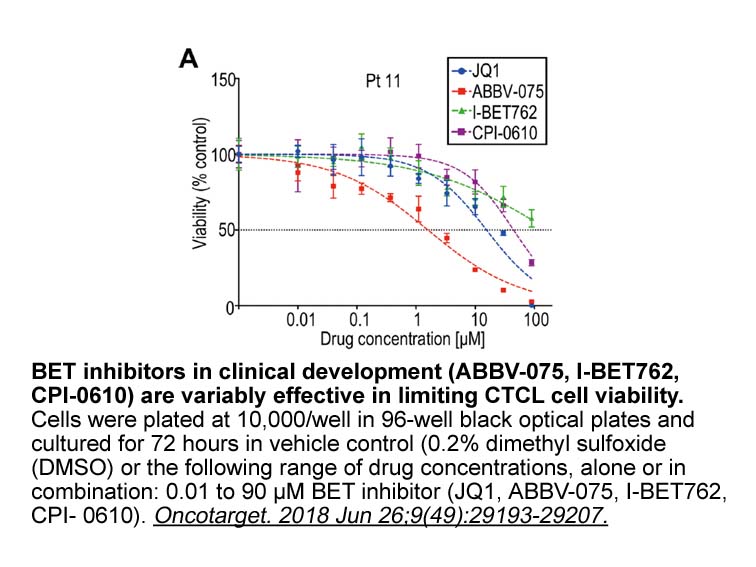
ACh-induced changes in respiratory frequency could be of interest. They may reveal an important mechanism of respiratory modulation at the caudal NTS level. ACh-induced increases in respiratory frequency within this region have been also reported by Furuya et al. (2014). Changes in respiratory timin
-
Finally Urban Ciecko et al asked whether this enhancement is
2025-02-25
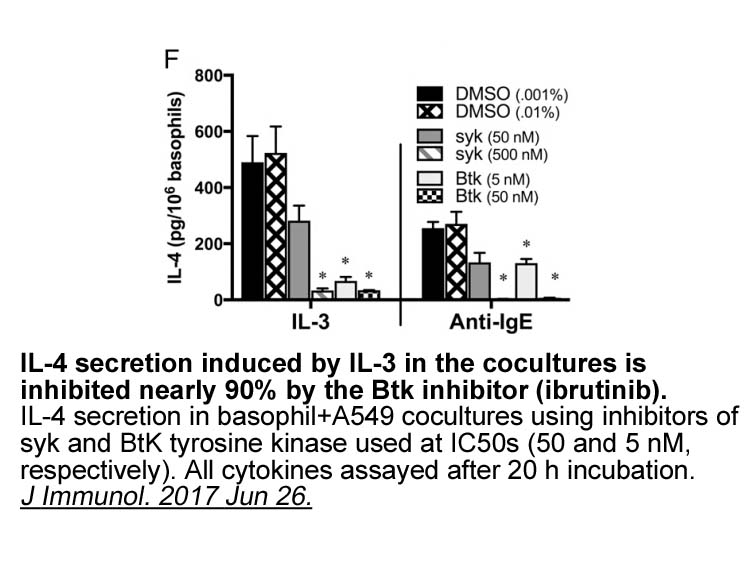
Finally, Urban-Ciecko et al. (2018) asked whether this enhancement is specific to the pyramidal to SST neuron synapses or more generally observed in other synapses of the cortical microcircuit. Synapses between pyramidal cells showed no sign of potentiation after either bath application of the choli
-
br Materials and methods br Results and discussions
2025-02-25
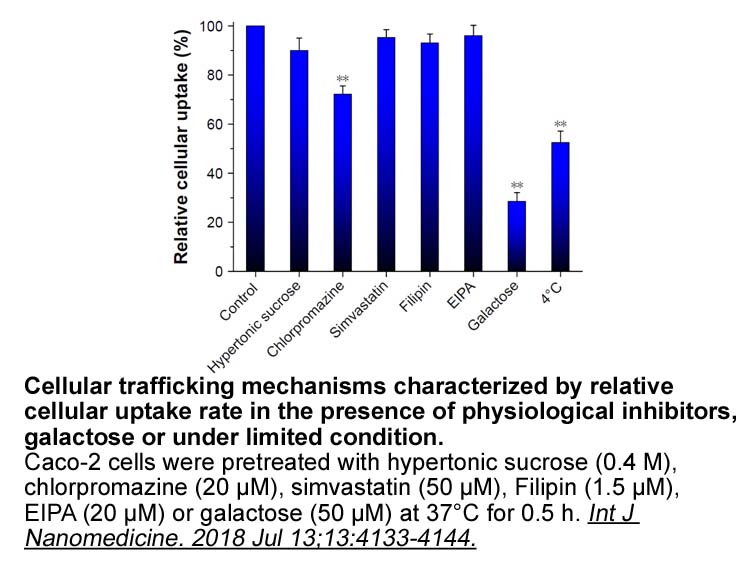
Materials and methods Results and discussions Conclusion Fermented camel milk with NS4 exhibited remarkable ACE-inhibitory activity, which revealed its potential application for the preparation of fermented camel milk beverage or fermented camel milk derived peptides in different foods or i
-
The role of DHT in early teleost embryogenesis
2025-02-25
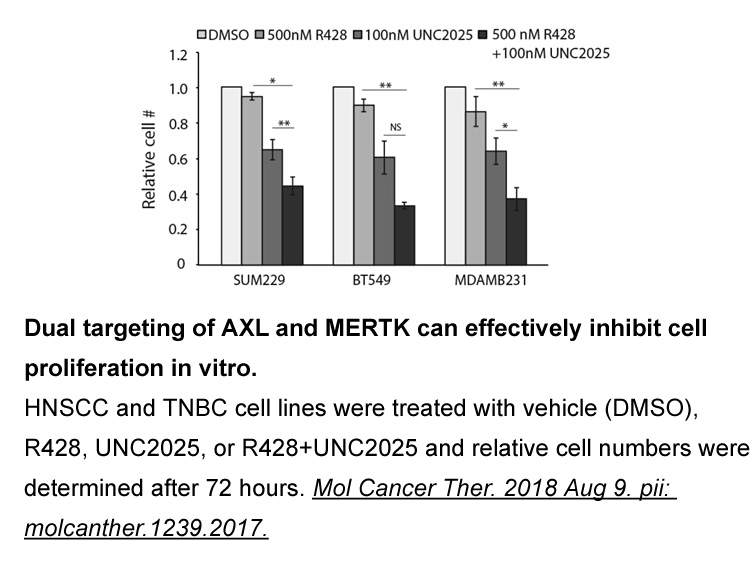
The role of DHT in early teleost embryogenesis is not entirely clear or established, however additional studies that treat fish embryos to DHT or to specific srd5a inhibitors at critical stages of development (i.e. prior to sex differentiation) will shed light on the early functions of this androgen
-
AXL is a member of the TAM
2025-02-25
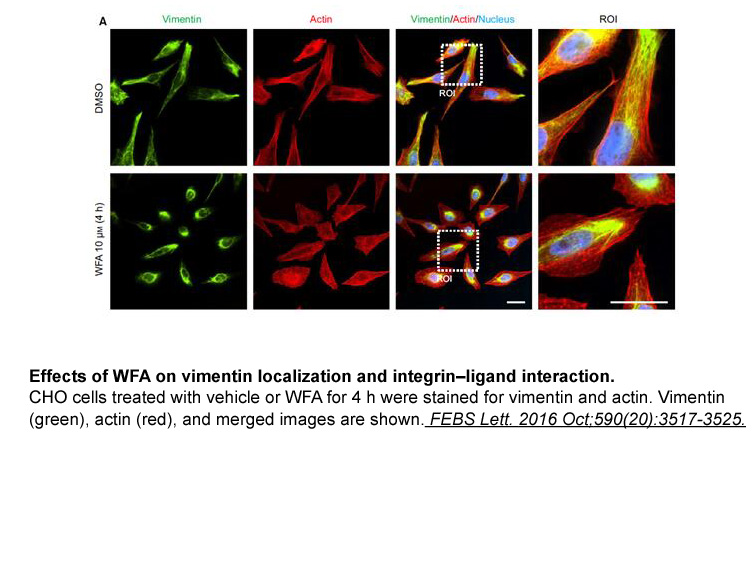
AXL is a member of the TAM (Tyro3, Axl, Mer) family of receptor tyrosine kinases (RTKs) [4]. Elevated AXL expression could promote oncogenic processes such as cell growth, migration, invasion, and epithelial-to-mesenchymal transition (EMT), which substantially contribute to tumor progression and poo